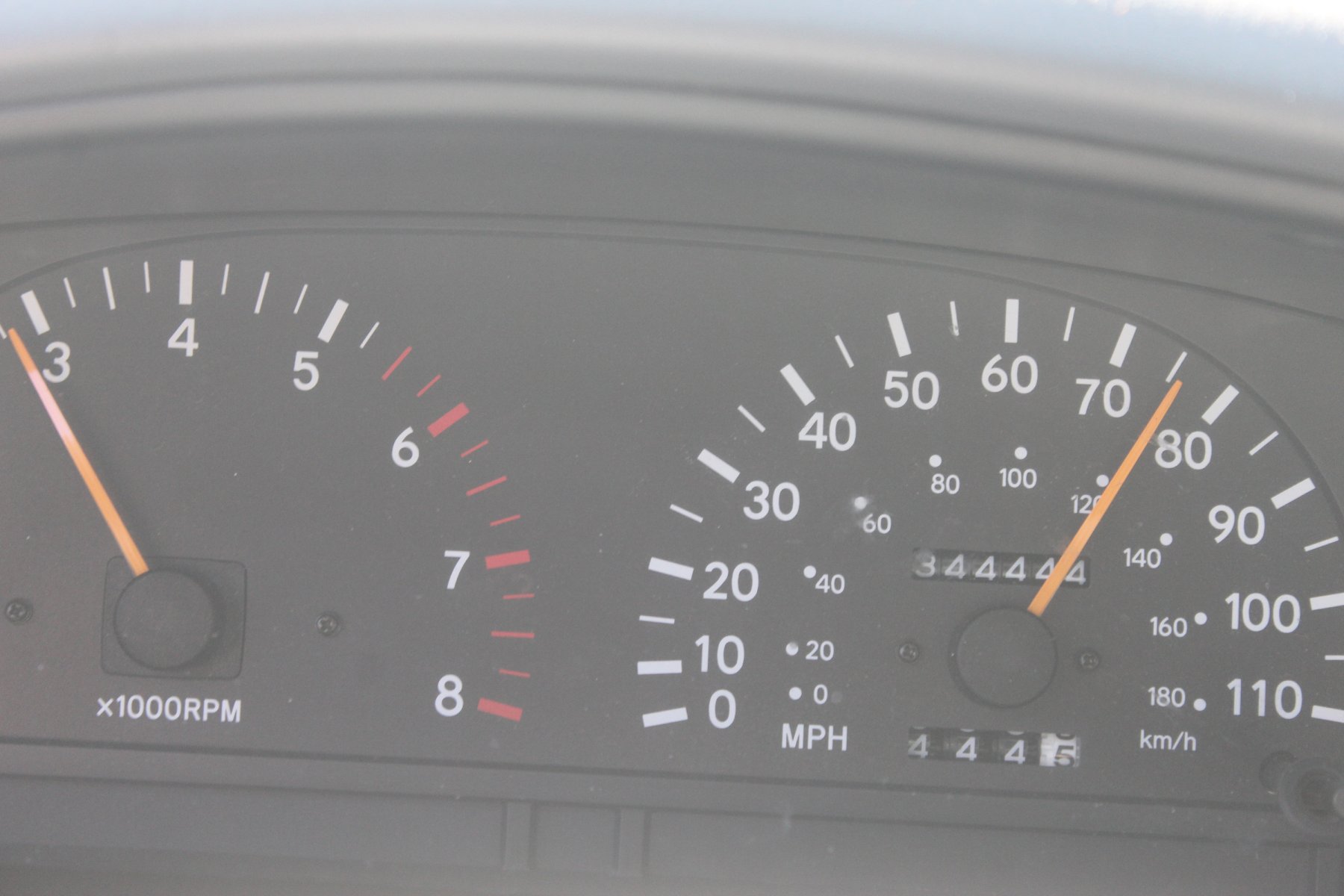You are using an out of date browser. It may not display this or other websites correctly.
You should upgrade or use an alternative browser.
You should upgrade or use an alternative browser.
noticeable increase in fuel consumption, losing 50 tacoMiles per tank of tacoJuice... what is going on?
- Thread starter JayQQ97
- Start date
Rock62
Well-Known Member
Care to explain your claim with facts and data. Internet blather does not count.
Brazil runs pure ethanol in their fuel injected vehicles. They're not the only country.
At a 15% mix, there are 3 gallons ethanol in 17 gallons of gasoline in a 20 gallon fill. I'm not terribly concerned.
Brazil runs pure ethanol in their fuel injected vehicles. They're not the only country.
At a 15% mix, there are 3 gallons ethanol in 17 gallons of gasoline in a 20 gallon fill. I'm not terribly concerned.
JayQQ97
MW surVivor ... clutched. 367k on the 0D0
there was time involved in finding this pic
to check the specs... just in case this is an issue with the reBuilt
View attachment 44116

RPM diffrence is barely 250 RPM on the rebuilt

JayQQ97
MW surVivor ... clutched. 367k on the 0D0
Perhaps this will self-heal??
fingers crossing...
JayQQ97
MW surVivor ... clutched. 367k on the 0D0
i don't know what to do about it yet  i have tried a couple things so far
i have tried a couple things so far
waiting for somebody with more knowledge than I to pipe in here for some direction so i do not waste time looking where it is not needed to be looked
still researching on how to check fuel trims and what exactly that checks!? and how involving it is
rich and lean: i do not have a good grasp of understanding yet
waiting for somebody with more knowledge than I to pipe in here for some direction so i do not waste time looking where it is not needed to be looked
still researching on how to check fuel trims and what exactly that checks!? and how involving it is
rich and lean: i do not have a good grasp of understanding yet
JayQQ97
MW surVivor ... clutched. 367k on the 0D0
- O2 Sensor Signals:
- An O2 sensor (oxygen sensor) measures the oxygen content in the exhaust gases.
- A static O2 sensor reads around 450 millivolts.
- A lean signal (indicating a lean air-fuel mixture) is low, around 200 millivolts.
- A rich signal (indicating a rich air-fuel mixture) is high, around 800 millivolts.
- The O2 sensors are positioned at Bank 1 sensor 1 and Bank 2 sensor 1.
- Fuel Trim:
- Short-term fuel trim (STFT): It makes quick adjustments to the injector pulse to correct the fuel mixture. For example, when you take your foot off the gas pedal, STFT corrects any sudden changes.
- Long-term fuel trim (LTFT): It handles continuous, steady adjustments to maintain the correct fuel mixture.
- While STFT can fluctuate due to environmental changes, LTFT should ideally be near zero.
- If LTFT deviates significantly, it may indicate fuel mixture issues.
- Interpreting O2 Sensor Readings:
- Bank 1 and Bank 2 won’t always coincide perfectly, but their peaks and valleys should be reasonably even on average.
- A small leak (e.g., in a vacuum line) affects STFT. If the correction doesn’t last, more adjustments are made.
- Pay attention to long-term numbers for diagnosing fuel mixture problems.
JayQQ97
MW surVivor ... clutched. 367k on the 0D0
the O2 sensors were tinkered with recently in the past 3 months
so IDK!

 www.tacomaworld.com
www.tacomaworld.com
so IDK!
How to replace O2 Sensors
Alright, i decided to make this, since i just did it on both Bank 1 and Bank 2 (upstream/downstream) sensors. Also the "lieblweb" how-to link has no...
JayQQ97
MW surVivor ... clutched. 367k on the 0D0
this post...
#14

 www.tacomaworld.com
www.tacomaworld.com
#14
How to replace O2 Sensors
Alright, i decided to make this, since i just did it on both Bank 1 and Bank 2 (upstream/downstream) sensors. Also the "lieblweb" how-to link has no...
JayQQ97
MW surVivor ... clutched. 367k on the 0D0
tacoJohn in Denver here at post #42 #43

 www.tacomaworld.com
www.tacomaworld.com
How to replace O2 Sensors
I believe that's the same plug I must have unplugged that stopped my speedometer from working. Any help would be appreciated as I didn't see a response...
